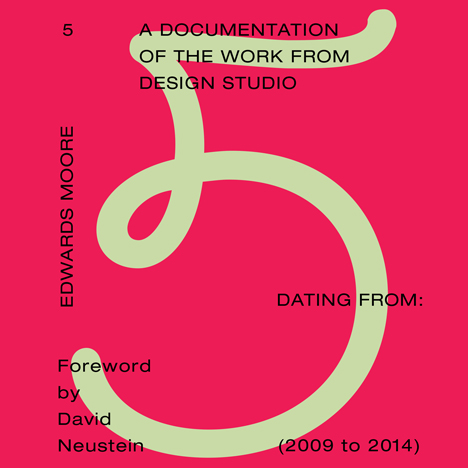
Competition: five Edwards Moore books to be won
Competition: Dezeen has partnered with Australian architecture firm Edwards Moore to give readers the chance to win one of five copies of a new book documenting the processes behind the studio's projects.
Congratulations to the winners! Helen Lane from the UK, Chiara Ferrando from Italy, Marina Zabughina from Moldova, Leonardo Velandia from Colombia and Simon Balotis from Sweden all won a copy of 5.
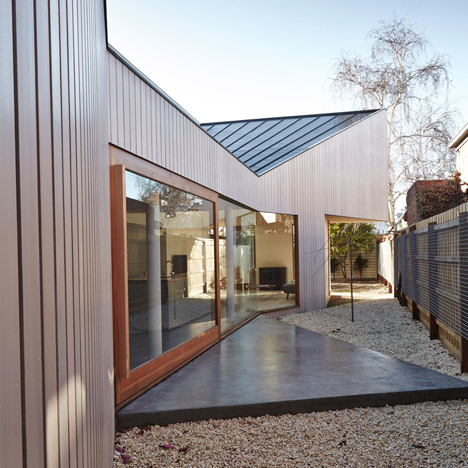
Named 5, the print-on-demand publication reveals the stories behind projects undertaken during the first five years of Edwards Moore's history – since it was set up in 2009 by Ben Edwards and Juliet Moore.
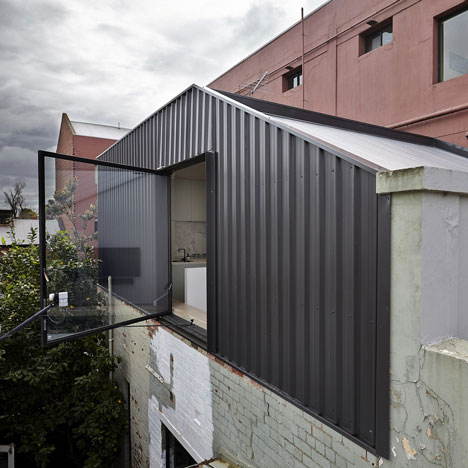
The book was created to give an insight into the architects' experiences of working at a range of scales: from small retail spaces, up to public buildings and large-scale competitions, organised in reverse chronology.
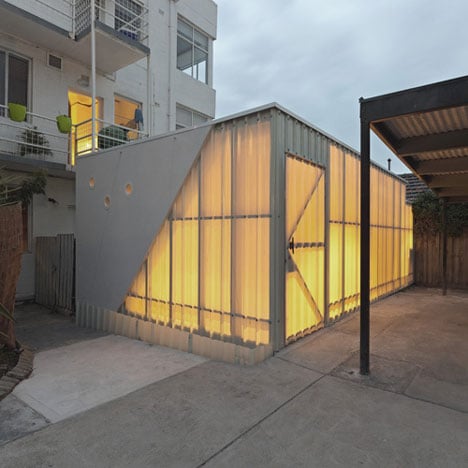
The publication outlines the design and working process involved in each project. Text is accompanied by models and drawings, as well as information about project duration and fees.

Edwards Moore said they produced the book "to try and allow greater transparency in the realities of running a studio by including financial information alongside each of the projects as well as including additional notes on specific experiences or reasoning as to why we undertook the project."
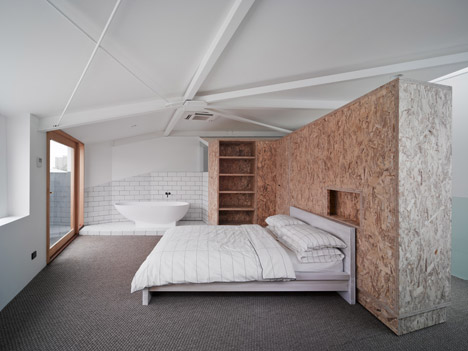
The 158-page volume includes some of the practice's residential projects such as Bow House in Melbourne, named after its shape that narrows down to less than four metres at its centre, and Lightbox, a small brick house renovation with a translucent roof in the same city.
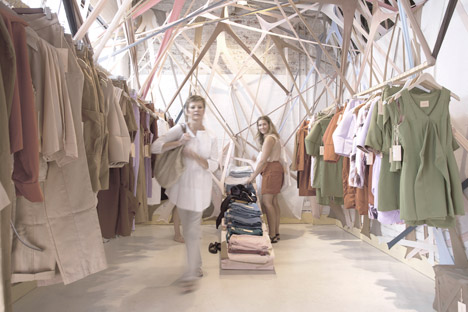
A 2011 pop-up fashion store with tights stretched across the walls and throughout the interior is among the smaller projects featured in the book, alongside temporary pavilions and exhibition designs.

The information contained in the publication was originally collated for an exhibition of the same title, which took place in Edwards Moore's office in Melbourne.
Graphics were produced by design studio U-P and the book is available to order online from Blurb.
This competition is now closed. Five winners will be selected at random and notified by email. Winners' names will be published in a future edition of our Dezeen Mail newsletter and at the top of this page. Dezeen competitions are international and entries are accepted from readers in any country.
Here is more information from Edwards Moore:
5
5 documents the works from the first five years in practice of Edwards Moore. The projects included span from the small, self-initiated to proposals for larger scale buildings and competitions. There are purposefully few finished project photographs included. Instead images of the workings behind them such as models, prototypes and works in progress aim to show the reality of the working process and the studio's conceptual thinking and research.
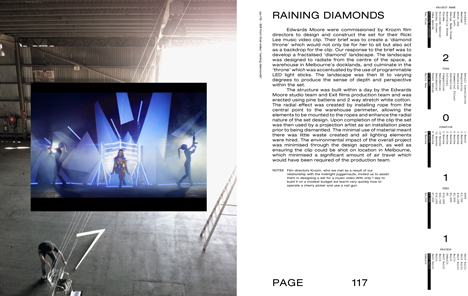
The projects are arranged in an overall timeline running through the book with the most recent at the beginning. Each is documented to include information on fees, duration of project and whether built (by a contractor), self-built (by Edwards Moore) or un-realised.
Within the timeline are yearly summaries of the studio's financials. A graphical summary of the profit, overheads and fees. Additional information aims to quantify the degree of innovation involved in each project and to visually represent the yearly output of the studio in terms of time spent and distance travelled.
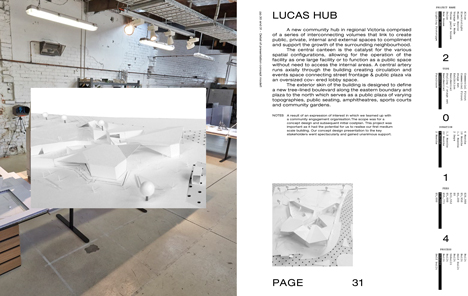
Why a book?
As a studio we constantly evaluate our trajectory and output. We ask ourselves "what projects would we like to be doing & how can we make them happen?" and "What can we learn from what we have already done?" The initial idea for the book came from this.
Earlier this year we began to collate our work, collecting, repairing and organising old models, drawings and photographs to visually represent and to allow us to view the studio's output from the last five years. To try to learn and evaluate what we had produced against what we had planned to achieve -to see if we had evolved and if so how we had changed. The process organically evolved into creating an exhibition entitled ‘5'.
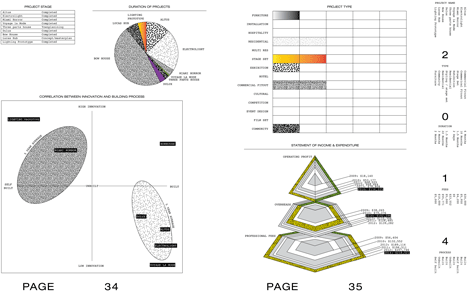
The other reason stems from a desire to dispel some of the myths of setting up a design practice. To try and allow greater transparency in the realities of running a studio by including financial information alongside each of the projects as well as including additional notes on specific experiences or reasoning as to why we undertook the project.
This book aims to share our experiences and provide us with a measure to evaluate and define our studio. A means to look forwards and think about the future. To help set new goals, ambitions and trajectories for the next five years ahead.